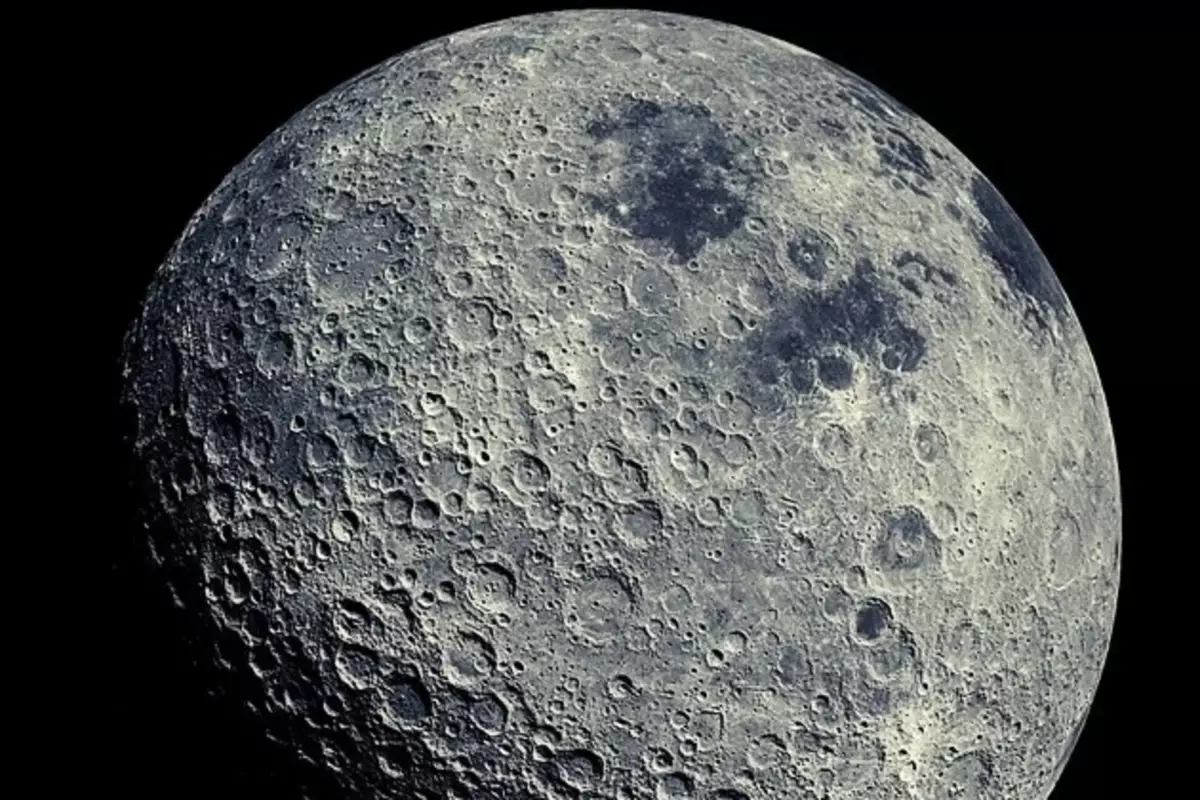
India trounced England by 158 runs thanks to his brilliant 138 off just 78 balls, and the entire nation celebrated. However, in Bengaluru, which is located just over 1600 kilometers away, things were tense.
The Indian Space Research Organization (Isro) was poised to make a tremendous bang, but the Indian fans who were supporting Yuvi across the nation were unaware of it.
The space agency planned to deliberately crash a spacecraft—on the Moon.
Chandrayaan mission
On October 22, 2008, India launched the Chandrayaan mission to show the world that it was capable of sending missions to a celestial body outside of Earth’s orbit. Only the US, Russia, Europe, and Japan have previously been able to launch a mission to the lunar globe. India moved up to number 5.
Despite the fact that Chandrayaan was a technological demonstration mission, what it accomplished on the Moon is well known to everybody. Yes, it discovered water on the Moon’s surface and entered its name in the annals of history. But this task was more complex than it first appeared.
A 32-kilogram probe that had been hidden within the spaceship was there for one reason only: to crash. It was referred to as the Moon Impact Probe.
Let’s go back to November 17, 2008, at night. The engineers working at Isro’s mission control typed the instructions to launch the Moon Impact Probe at roughly 8:06 p.m. The Moon’s quiet surface was about to experience an explosion.
The impact probe started its last voyage from a height of 100 kilometers above the lunar surface.
Also read: Rajiv Gandhi’s Stellar Performance As PM Earned Him Place Among Top World Leaders: Congress
The probe’s onboard spin-up rockets activated as it started to move away from the Chandrayaan orbiter and started directing its descent to the Moon. Instead of speeding it up, these engines screamed to slow it down and reposition it for a perfect collision. The spaceship began to glimpse what lay below as it passed through the airless surface of the Moon—a devastated globe that was about to acquire one more crater.
The shoebox-sized probe, which was hurtling toward the lunar surface, was more than simply a piece of scrap metal; it was a complex mechanism with room inside for three instruments. They needed a mass spectrometer, a video imaging system, and a radar altimeter so they could communicate with Isro.
Also read: PM Hails Bindeshwar Pathak For Invaluable Contribution In Field Of Cleanliness
Chandayaan-3
The radar altimeter was built within the probe to track the drop rate as it approached the lunar surface, while the video imaging equipment was made to collect pictures and send them back to Bengaluru. On the other side, the mass spectrometer was used to analyze the incredibly thin lunar atmosphere.
The instruments within started sending data to the orbiter above as the surface started to rise; this data was stored in the orbiter’s readout memory and later relayed to India for additional examination.
The Moon Impact Probe made a hard landing on the Moon’s surface around 25 minutes after it was launched from Chandrayaan. The mission was completed in a clinical manner, much like how Yuvraj completed the other one for India.
By crashing a spaceship on a planet that had eluded humans for all of recorded history, Isro created history.
But what was the result? The information gathered by these three devices may serve as the basis for both the Chandrayaan-2 mission, which will launch in 2019, and the Chandrayaan-3 mission, which is on its way to a historic soft landing on the Moon on August 23.
The impact probe’s information revealed the Moon’s environment in a way that had never before been possible. After all, throughout its roughly 25-minute plummet, it was the first to notice signs of water on the surface. Later, NASA’s Moon Mineralogy Mapper validated the discoveries, demonstrating to the world that Luna was not as bone-dry as previously believed.
But what really made Isro happy was that the cuboid-shaped probe had the Tricolor painted on it. On the night of November 14, 2008, the Tiranga was permanently anchored to the Moon when it merged with it.
To read more such news, download Bharat Express news apps


















